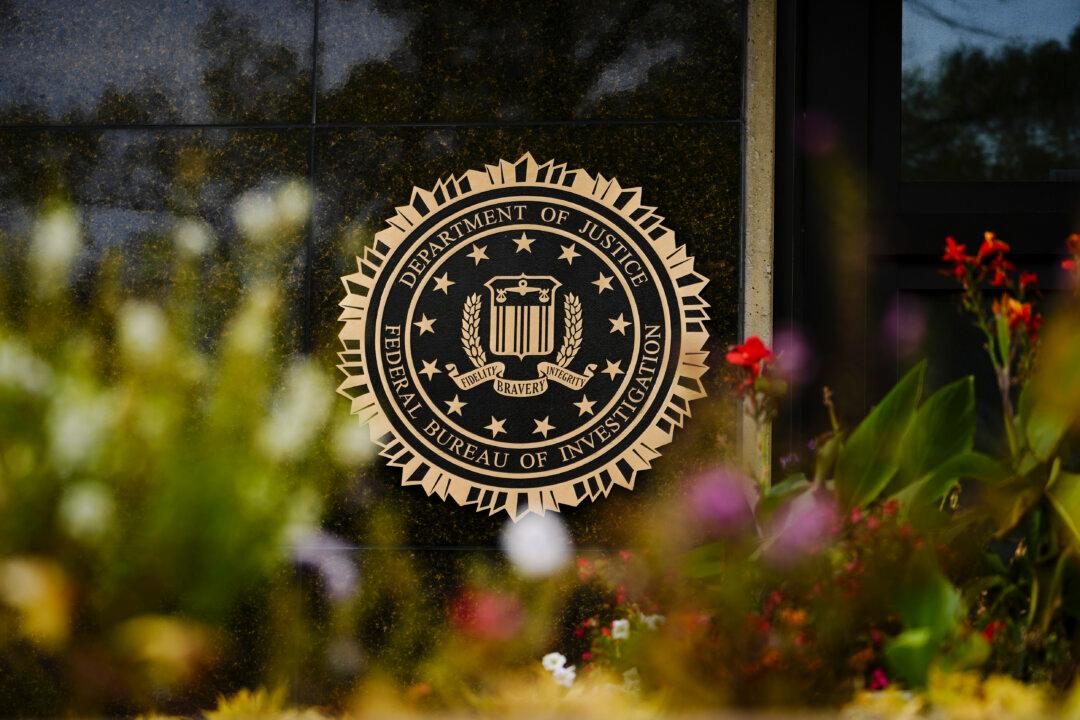Spreads on U.S. junk-rated corporate bonds have surpassed 500 basis points for the first time since November 2020. Junk bond is another name for a high-yield bond.
On Thursday, the spread rose by 31 basis points to 508 points according to data from the Bloomberg U.S. Corporate High Yield index.





